African
Africans came to Jamaica during the Spanish Conquest, and in a loosely arranged slave system on the island, many lived as herders, roamed the hinterland and were intimate with the surviving Taíno. After the British captured Jamaica, they expanded the slave trade and brought thousands of Africans with their diverse heritages to Jamaica. The majority of Africans who came were from West Africa, mainly from the Ashanti and Yoruba tribes and were forced to work under inhumane conditions on sugar plantations established by the English. Despite the efforts of the plantocracy to wipe out the culture of the enslaved Africans, they resisted and kept many aspects of their culture alive. Our language, music, food, dance and religious practices continue to be testaments to the legacy of our African ancestors.
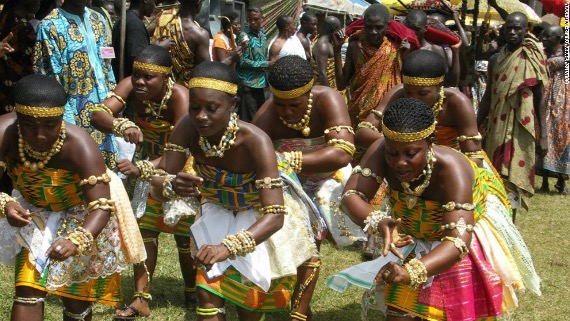
Akan women performing a traditional African Dance. Many Jamaicans are descendants of the Akan or Ashanti people of West Africa.

Egungun festival takes place in Nigeria and originates from the Yoruba people. This festival involves the Egungun Masquerade dance, where dancers wear masks to commemorate the ancestors of the Yoruba people.
East Indians and Chinese
The East Indians and Chinese came to Jamaica in the post Emancipation period to work on the sugar plantations as indentured labourers. The first group of East Indian indentured labourers arrived in 1845, their ships docked in Old Harbour, St. Catherine and the first group of Chinese arrived in 1854 from Hong Kong. Both groups came to Jamaica to escape poverty, famine and diseases and they believed Jamaica was their golden ticket to a better life. Many of them left the sugar plantations as soon as they landed in Jamaica and became farmers and shopkeepers and they have contributed significantly to the beautiful tapestry that is the Jamaican way of life.



Indians preparing rice, circa 1900. The cultivation of rice started in Asia and was brought to Jamaica by East Indian indentured labourers
The Syrians and Lebanese
Syrians and Lebanese immigrants to Jamaica started arriving in the latter half of the 19th century. Many came to Jamaica after fleeing religious and political persecution in the Levant region of the Middle East seeking new opportunities to gain a better life for their families. They became prominent members of the business the community in Jamaica and are very influential in the spheres tourism, construction, politics and community development.
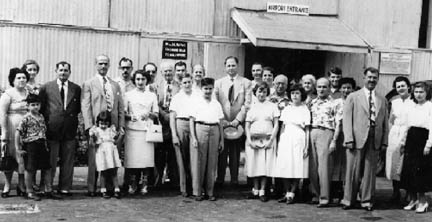
Photograph of members of the Lebanese community come out to the Palisadoes airport to meet George Shoucair, who has just arrived from Lebanon. He is the gentleman in the middle with a hat in his hand. Courtesy of Dr. Rebecca Tortello and the Jamaica Gleaner.The Indigenous Jamaicans
Taíno
Over the several hundred years of Jamaica’s recorded history, several groups of people have been acknowledged as having their origins in our island. The Taíno are regarded to have emerged as a distinct ethnic group in the Greater Antilles, firstly in Española and Puerto Rico, then Cuba, Jamaica and the Bahamas. While Taíno language and way of life may have been similar to the Arawak’s, the artefact the Taínos left, their beliefs and mythic tales as recorded, define theirs as a distinct and unique island culture.

Depiction of Taíno playing their ball game called Batu.
Maroons
The Maroon People arose from enslaved groups that escaped to Jamaica’s rugged interior highlands. Taíno and many Africans taken as slaves established several enclaves that for years harassed attempts by the Spanish and English to settle the island. The Maroons were formidable adversaries, unshakable guerrilla warriors. After decades of virtually continuous warfare, in 1728 and 1729 the British Army sought terms for a peace pact with the Windward and Leeward Maroons.
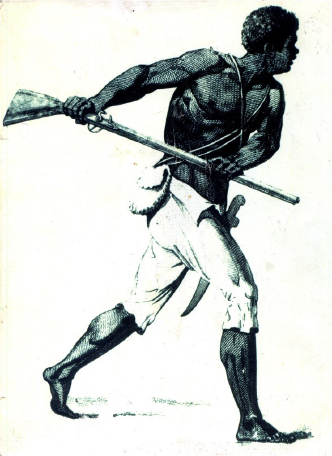
Leonard Parkinson one of the leaders of the Trelawney Town Maroons in the 2nd Maroon War.
Rastafari
Rastafari is a Jamaican religious and socio-political movement, inspired by the coronation of Emperor Haile Selassie I in 1938. Based on their Afrocentric understanding of the Bible and Marcus Garvey’s philosophy, Rastafari brought Africans a new vision of themselves as world leaders. After years of struggle and oppression, Rastafari emerged from the ghettos of Kingston to become a political force. And from Jamaica, largely influenced by their word-sound and culture, Rastafari has had immeasurable global impact.
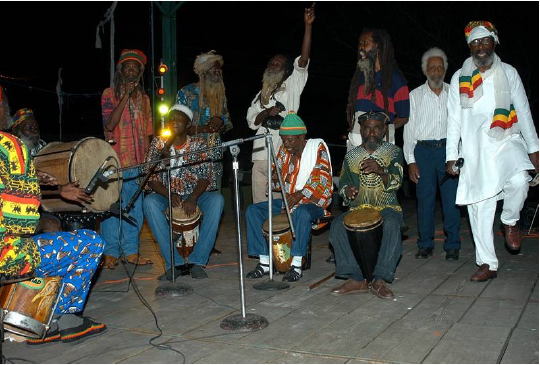
Rastafari dressed in their regalia, playing drums which is a central part of their religious rituals.
The Europeans
Spanish
The arrival of the Europeans to Jamaica started in 1494 on Christopher Columbus’ second voyage to the Caribbean. The Spanish established formal control of the island from 1508 up to 1660 which had far reaching and devastating consequences, such as the destruction of the indigenous Taino population, enslavement of Africans and the introduction of sugar cultivation and other crops and animals that changed the landscape of Jamaica.
English
After failing to secure the valuable Spanish possession of Hispaniola, the English attacked Jamaica and successfully took control of the island from the Spanish in 1655. Through piracy and later the expansion of the sugar cultivation using enslaved labour, Jamaica became England’s most prosperous colony. The English, later the British, ruled Jamaica for over 300 years until August 6, 1962 with an enduring impact that is reflected in our system of government, laws and economy.
Jews
Jamaica became a refuge for Jews escaping religious persecution in Europe from as early as the 16th century during Spanish occupation of the island. Under English rule, Jews enjoyed religious freedom and a small Jewish population thrived in the colony. Although a very small group they have had a big impact on the island. Many prominent businesses are owned by Jewish families in Jamaica but more importantly their presence reflect the rich diversity of the Jamaican society.
Germans
The Germans arrived in Jamaica in the 1830s as indentured labourers to work on sugar plantations but the harsh working conditions and tropical climate drove many of them to leave the island for better opportunities in the United States. The few that remained in Jamaica had established communities in the mountainous interior of the island. The last remaining enclave where descendants of the Germans settled is Seaford Town in Westmoreland. Seaford Town was named after Lord Seaford, a prominent plantation owner who donated the land where the community was established.
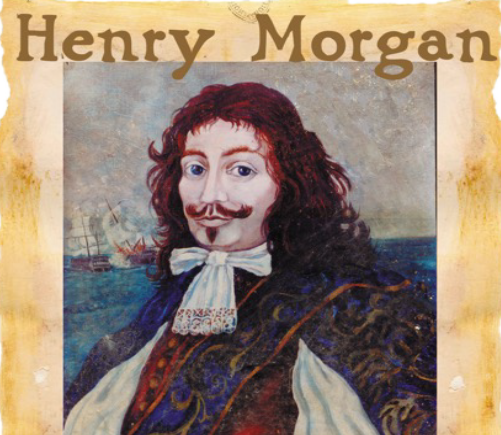
Henry Morgan, the English Pirate who became Governor of Jamaica in the 17th century.
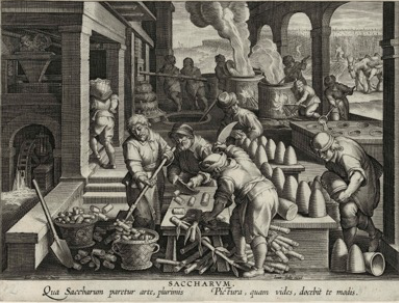
Print showing sugar being made by the Spanish in the 16th century. The Spanish established the first sugar plantations in Jamaica
